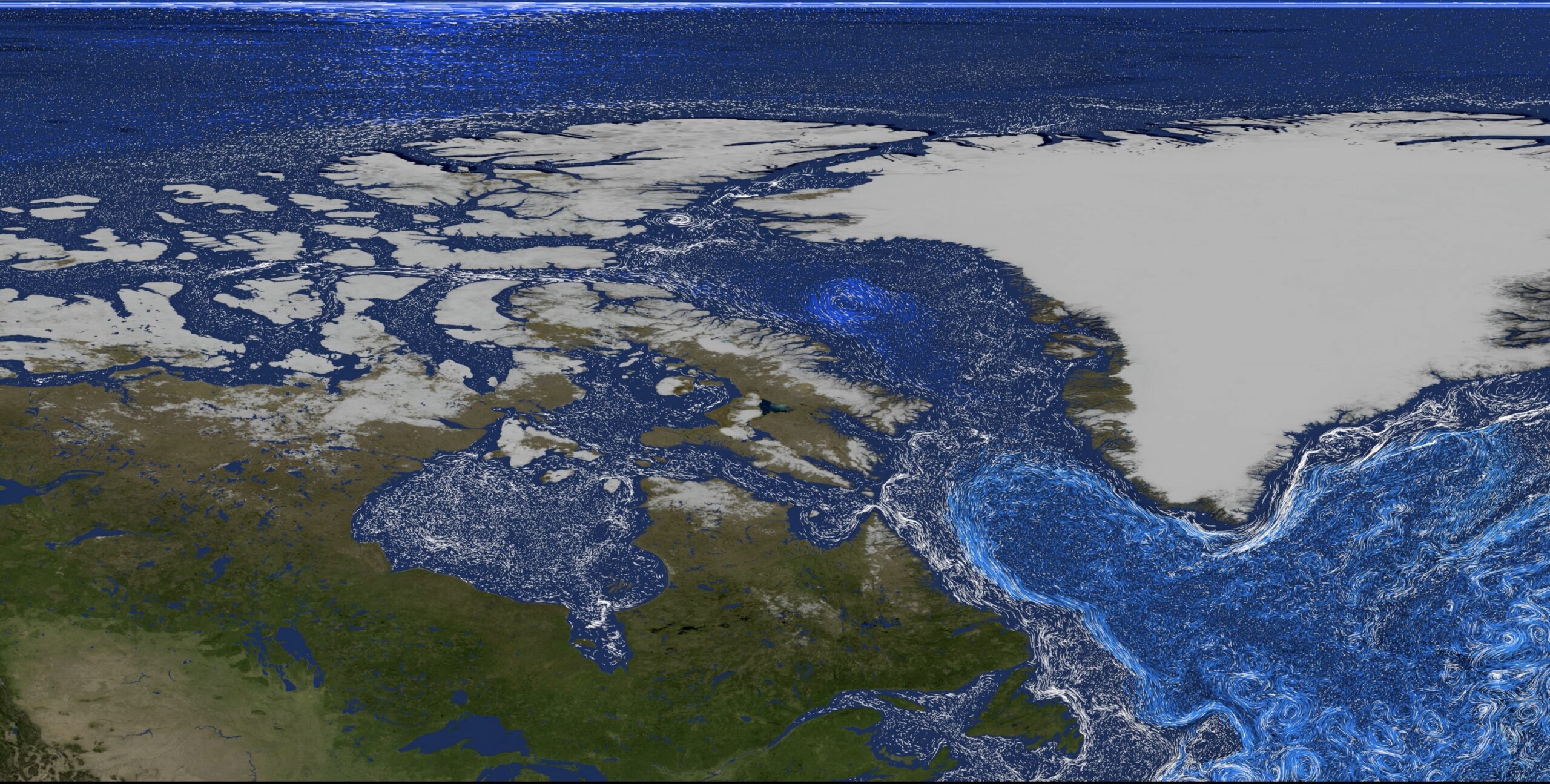Simulating “biology, chemistry, and physics coming together” in even one pocket along Greenland’s 27,000 miles (43,000 kilometers) of coastline is a massive math problem, noted lead author Michael Wood, a computational oceanographer at San José State University. To break it down, he said the team built a “model within a model within a model” to zoom in on the details of the fjord at the foot of the glacier.
Using supercomputers at NASA’s Ames Research Center in Silicon Valley, they calculated that deepwater nutrients buoyed upward by glacial runoff would be sufficient to boost summertime phytoplankton growth by 15 to 40% in the study area.
More Changes in Store
Could increased phytoplankton be a boon for Greenland’s marine animals and fisheries? Carroll said that untangling impacts to the ecosystem will take time. Melt on the Greenland ice sheet is projected to accelerate in coming decades, affecting everything from sea level and land vegetation to the saltiness of coastal waters.
“We reconstructed what’s happening in one key system, but there’s more than 250 such glaciers around Greenland,” Carroll said. He noted that the team plans to extend their simulations to the whole Greenland coast and beyond.
Some changes appear to be impacting the carbon cycle both positively and negatively: The team calculated how runoff from the glacier alters the temperature and chemistry of seawater in the fjord, making it less able to dissolve carbon dioxide. That loss is canceled out, however, by the bigger blooms of phytoplankton taking up more carbon dioxide from the air as they photosynthesize.
Wood added: “We didn’t build these tools for one specific application. Our approach is applicable to any region, from the Texas Gulf to Alaska. Like a Swiss Army knife, we can apply it to lots of different scenarios.”
